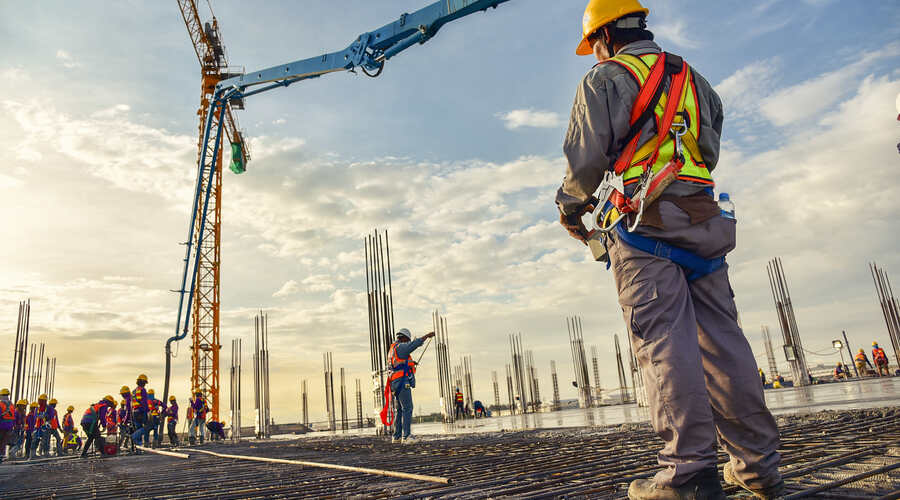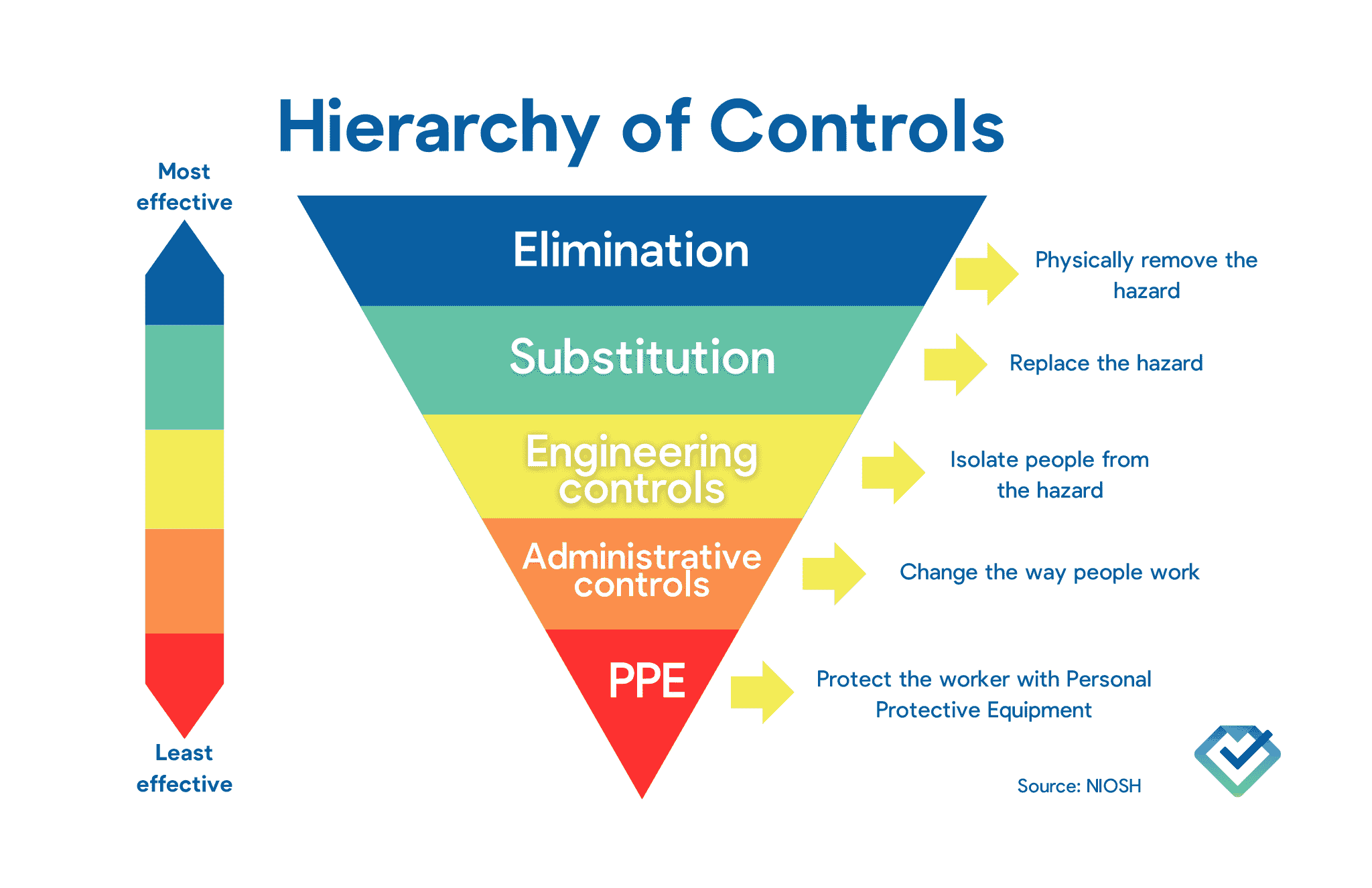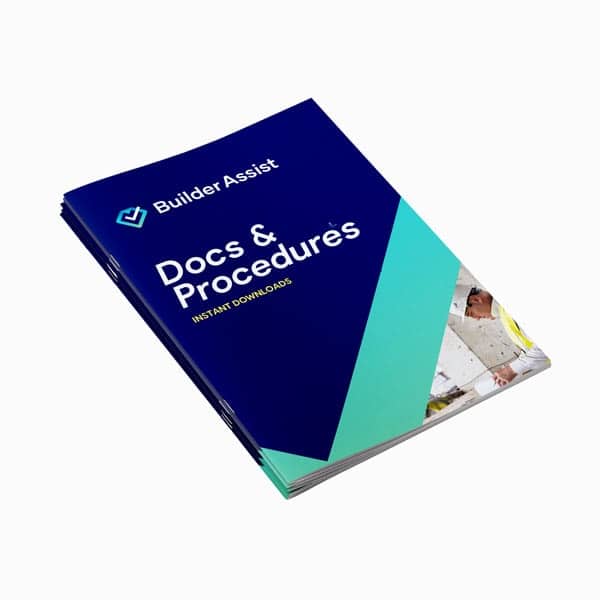
We're often asked 'what is a SWMS?' - a SWMS is a Safe Work Method Statement. It is a safety document that must be completed before high-risk construction work takes place on a construction site. For example, working at heights or working near traffic. It is a legal requirement and keeps workers safe.

A Hierarchy of Controls system is used as a framework to control high-risk activities.
In a Safe Work Method Statement, a Hierarchy of Controls system is used as a framework to control high-risk activities. It is a step-by-step approach to eliminating or reducing risks. It ranks risk controls from the highest level of protection and reliability, through to the lowest and least reliable protection.
The person who is carrying out the high risk work ensures a SWMS is properly prepared. In addition, they ensure controls are in place to manage risks to the health and safety of workers. A copy of each SWMS is also given to the principal contractor before work starts.
SWMS Changes
Once a SWMS has been prepared, it can be changed. In fact, if the nature of the high-risk work changes, or additional risks are identified, such as visitors to site, work must stop immediately (or as soon as it is safe to do so). At that point, the SWMS must be reviewed and updated before work can commence again.
Your SWMS breaks down job activities into steps. Doing this ensures the most logical process is identified and the high risk construction work is completed safely.
Once the new risks and hazards are identified for each task, the person completing the SWMS is required to document the steps to control the risks.
Safe Work Method Statement high-risk activity example:
In this example, the high risk construction work involves moving formwork on and off site using a powered mobile plant. It is identified that one of the hazards and risks associated with this task is the potential for a worker to be struck by the powered mobile plant.
The control measures put in place to eliminate or minimise this risk might include:
- Setting up an exclusion zone during the loading/unloading process
- Identify clear paths of travel for the plant and ensure a spotter is available during the loading/unloading process
- All operators are to be fully qualified and appropriately trained in the task at hand
Once completed, worker/s are required to view and sign-off on the relevant Safe Worth Method Statement before commencing work. It is the responsibility of the principal contractor to have relevant SWMS for all high-risk tasks available to the site’s work crew.
In Summary
A Safe Work Method Statement must:
- Identify the work that is ’high risk construction’ work;
- Specify hazards relating to the high risk construction work, and risks to health and safety associated with those hazards;
- Outline the control measures to be put in place to control the risks; and
- Describe how these control measures will be rolled out, monitored and reviewed.
Builder Assist have developed a range of industry compliant SWMS templates for those in the building and construction industry. Every template breaks down the job activity into logical steps and complies with the Work Health & Safety Act, Work Health & Safety Regulations and applicable Codes of Practice. You can view the Work Health & Safety Regulators in your state or territory, by visiting the SafeWork Australia website. You can also download each applicable Legislation, Codes of Practice, and references, from our website.
SWMS Template
To purchase your own, instantly-downloadable trade-specific SWMS template, on our website.




